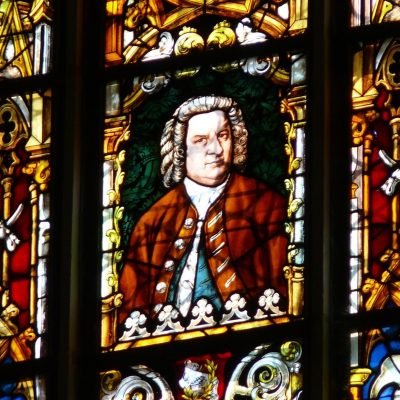Description
Marcia Funebre, op. 103
Felix Mendelssohn (1809–1847)
Modern edition by David Whitwell (1937–)
Date: 1813
Instrumentation: Concert Band
Duration: 8:20
Level: 4
Notes on Mendelssohn’s Marcia Funebre
This composition is a beautiful hymn composed by Mendelssohn for band in 1835–1836. At this time the title, “Funeral March,” was a genre of dedicatory compositions in someone’s honor and should not be assumed to be either a march or a composition in a sad character. The composition is a rare nineteenth-century work for large band by a famous composer.
Mendelssohn’s original instrumentation for the Marcia funebre was,
Grosse Flute
Oboi
2 Clarinets in F
2 Clarinets in C
2 Basset horns
2 Bassoons
2 Horns in E
2 Horns in C
2 Trumpets in C
3 Trombones
Contrabassoon
[a later hand adds “& Basshorn”]
A later hand, not Mendelssohn’s, has added “& Basshorn.”
In this edition, as we sometimes do for the students’ introduction to master composers, we have added saxophone parts. If one wished to approximate the original sound, the omission of the saxophone parts and the substitution of a contrabassoon for the tuba part would accomplish this.
The only significant change in Mendelssohn’s articulations in the original manuscript has been my substitution of the modern wedge-accent for the original sforzando sign. The common modern wedge-accent was at this date not in general use and the sfz sign was the more common means of indicating a melodic accent. However, after the very pointed use by Stravinsky and the following 20th century, I find modern conductors and players tend to produce a much stronger impact than Mendelssohn would have imagined.
David Whitwell






